Students can select the research topics on various fields related to mechanical engineering and work on their themes under
the professor. Students will learn how to find, approach and solve problems. Also, students will learn the research papers
writing skills. In the process of problem-solving, students should be required creative utilization of basic knowledge acquired
by the three years. So in order to take this course, students must have aquired the credit of "graduation thesis 1".
The minimum required studying time for the graduation thesis 1 is 400 minutes per week and the total learning time should be 5600 minutes. Students will decide their study schedules with the professor. Individual meeting and group discussion will hold with the professor. Some project may carry out overseas.
The minimum required studying time for the graduation thesis 1 is 400 minutes per week and the total learning time should be 5600 minutes. Students will decide their study schedules with the professor. Individual meeting and group discussion will hold with the professor. Some project may carry out overseas.
The purpose of this class is to utilize expert knowledge as a mechanical engineer, to independently study solutions for unknown
issues. Students should present their obtained results through papers and oral presentations.
- Students can understand the background of the problem, clarify the research purpose and focus the research subjects.
- Students can utilize their expert knowledge, combine the appropriate experiments and analytical methods, and propose how to solve the problem.
- Students can provide solutions and new ideas for the problem by the improvements of experimental method, equipment, computer program, analysis of the results, and etc.
- Students can manage their research plan and perform by the deadline.
- Students can communicate their opinion and explanation of the research result etc. Also, they can understand other person's comments or questions, and discuss with professors and other students.
- Students acquire the skill for the topics and how to survey the information or the knowledge by using the Internet etc.. Students have to learn continuously and autonomously.
1. Vortex structure behind reaction zone (part 2).
2. Local quenching phenomena induced by a vortex in burnt gases (part 2).
3. Local quenching phenomena of a lean flat premixed flame by a pulsating jet (part 2).
4. Vortex structure behind a highly heated cylinder in a pulsating flow (part 2).
5. Changes in the chemical ecology of blue-green algae during periods of active growth (part 2).
6. Combustion phenomena for a cellulose (part 2).
2. Local quenching phenomena induced by a vortex in burnt gases (part 2).
3. Local quenching phenomena of a lean flat premixed flame by a pulsating jet (part 2).
4. Vortex structure behind a highly heated cylinder in a pulsating flow (part 2).
5. Changes in the chemical ecology of blue-green algae during periods of active growth (part 2).
6. Combustion phenomena for a cellulose (part 2).
| Interimediate Exam | Final Exam | Total. | |
|---|---|---|---|
| 1. | 5% | 5% | 10% |
| 2. | 5% | 5% | 10% |
| 3. | 10% | 20% | 30% |
| 4. | 5% | 5% | 10% |
| 5. | 10% | 20% | 30% |
| 6. | 5% | 5% | 10% |
| Total. | 40% | 60% | - |
【Evaluation method】
Evaluate using Rubric based on research outline, research presentation, and research activity results.
1. Problem Setting Ability (Goals and objectives 1): 10 points
2. Imagination Ability (Goals and objectives 2): 10 points
3. Planning Ability (Goals and objectives 3): 30 points
4. Problem Solving Ability (Goals and objectives 4): 10 points
5. Communication skill (Goals and objectives 5): 30 points
6. Self-Study Ability (Goals and objectives 6): 10 points
Total point is 100 points.
The passing grade is 60 points or more out of 100 points.
[Evaluation Criteria]
More details of evaluation criteria, refer to the rubric to be distributed paper at the guidance.
Evaluate using Rubric based on research outline, research presentation, and research activity results.
1. Problem Setting Ability (Goals and objectives 1): 10 points
2. Imagination Ability (Goals and objectives 2): 10 points
3. Planning Ability (Goals and objectives 3): 30 points
4. Problem Solving Ability (Goals and objectives 4): 10 points
5. Communication skill (Goals and objectives 5): 30 points
6. Self-Study Ability (Goals and objectives 6): 10 points
Total point is 100 points.
The passing grade is 60 points or more out of 100 points.
[Evaluation Criteria]
More details of evaluation criteria, refer to the rubric to be distributed paper at the guidance.
Students must satisfy the requirements for graduation thesis 1 which is mentioned in "Handbook of Study (Faculty of Engineering)".
- Course that cultivates a basic problem-solving skills
| Work experience | Work experience and relevance to the course content if applicable |
|---|---|
| N/A | N/A |

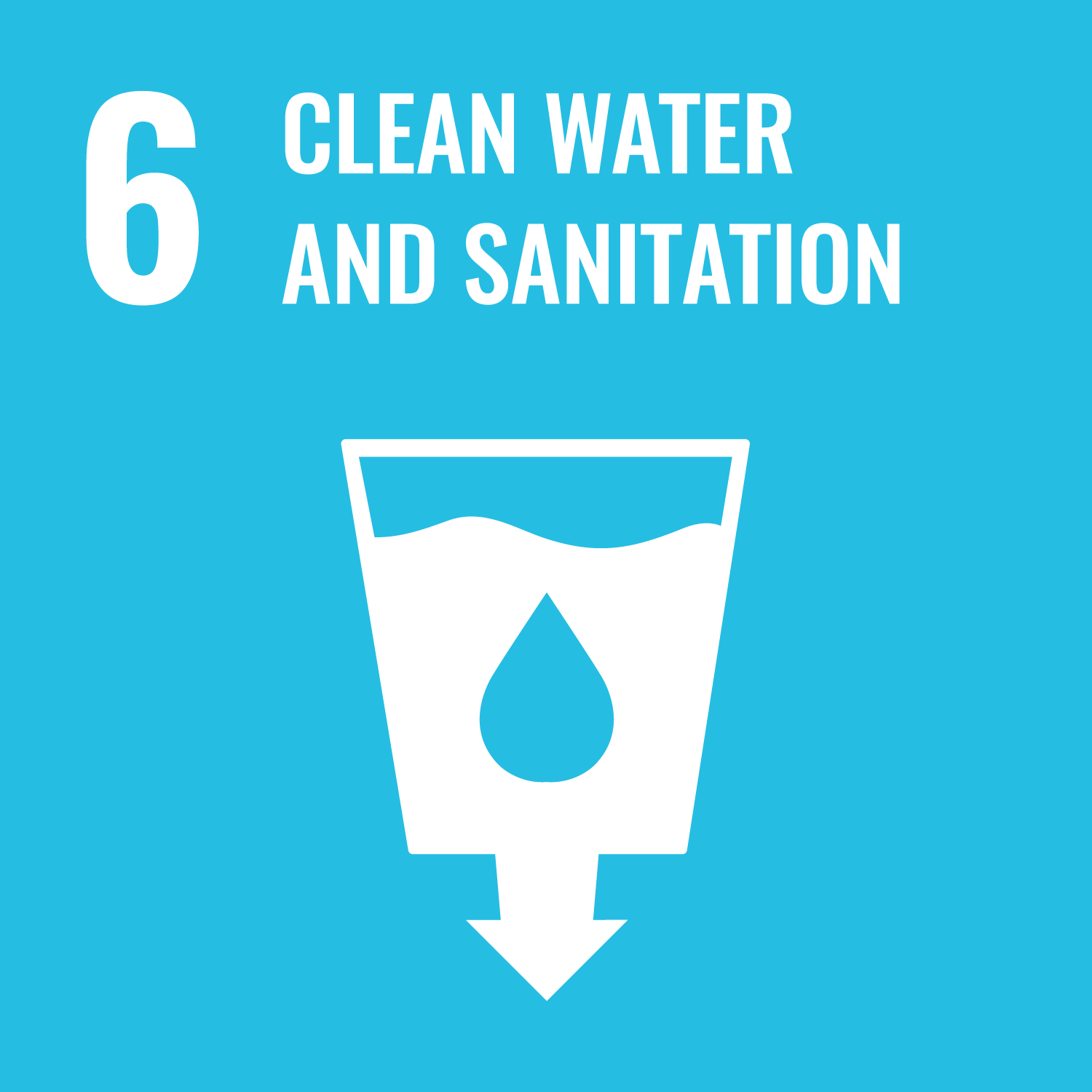


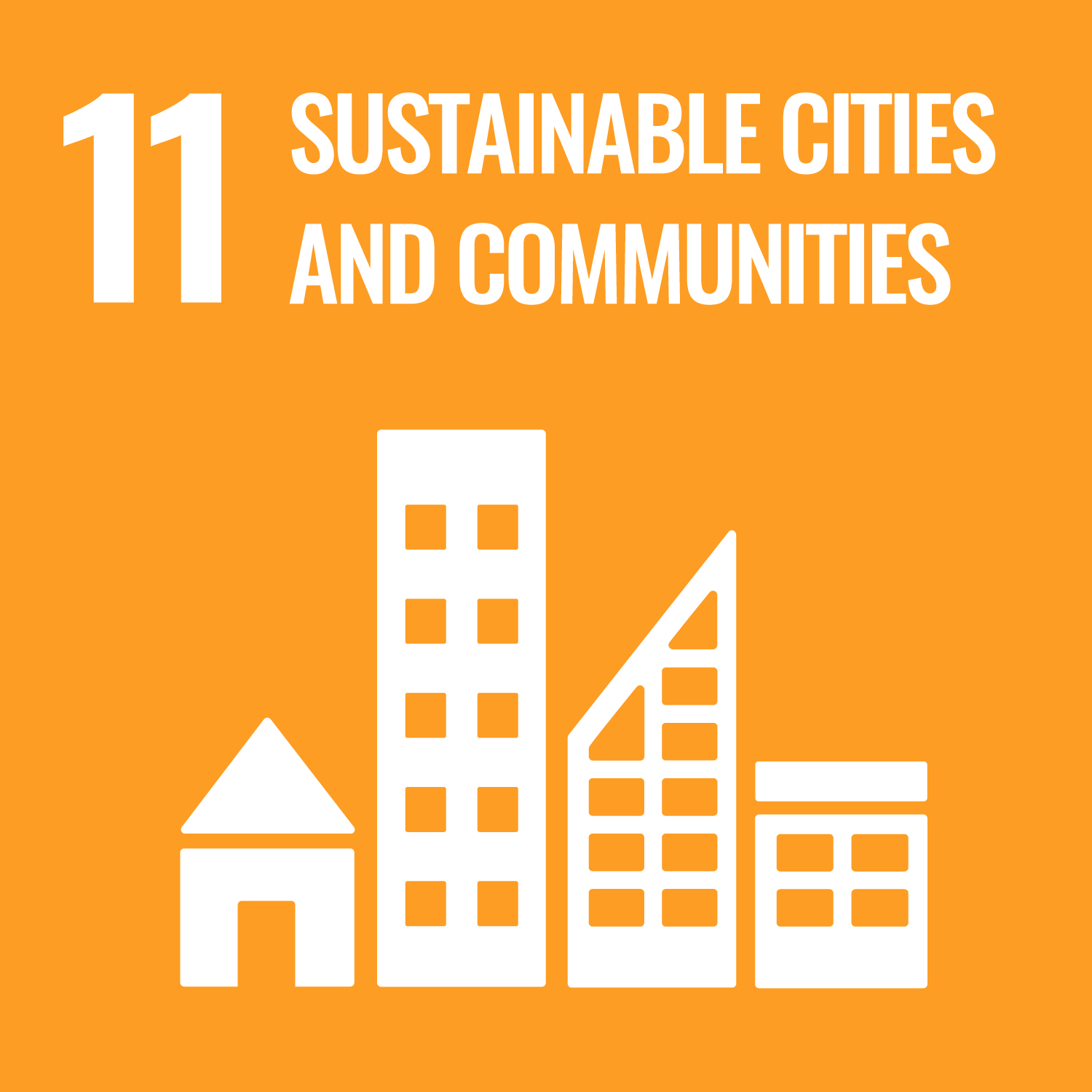

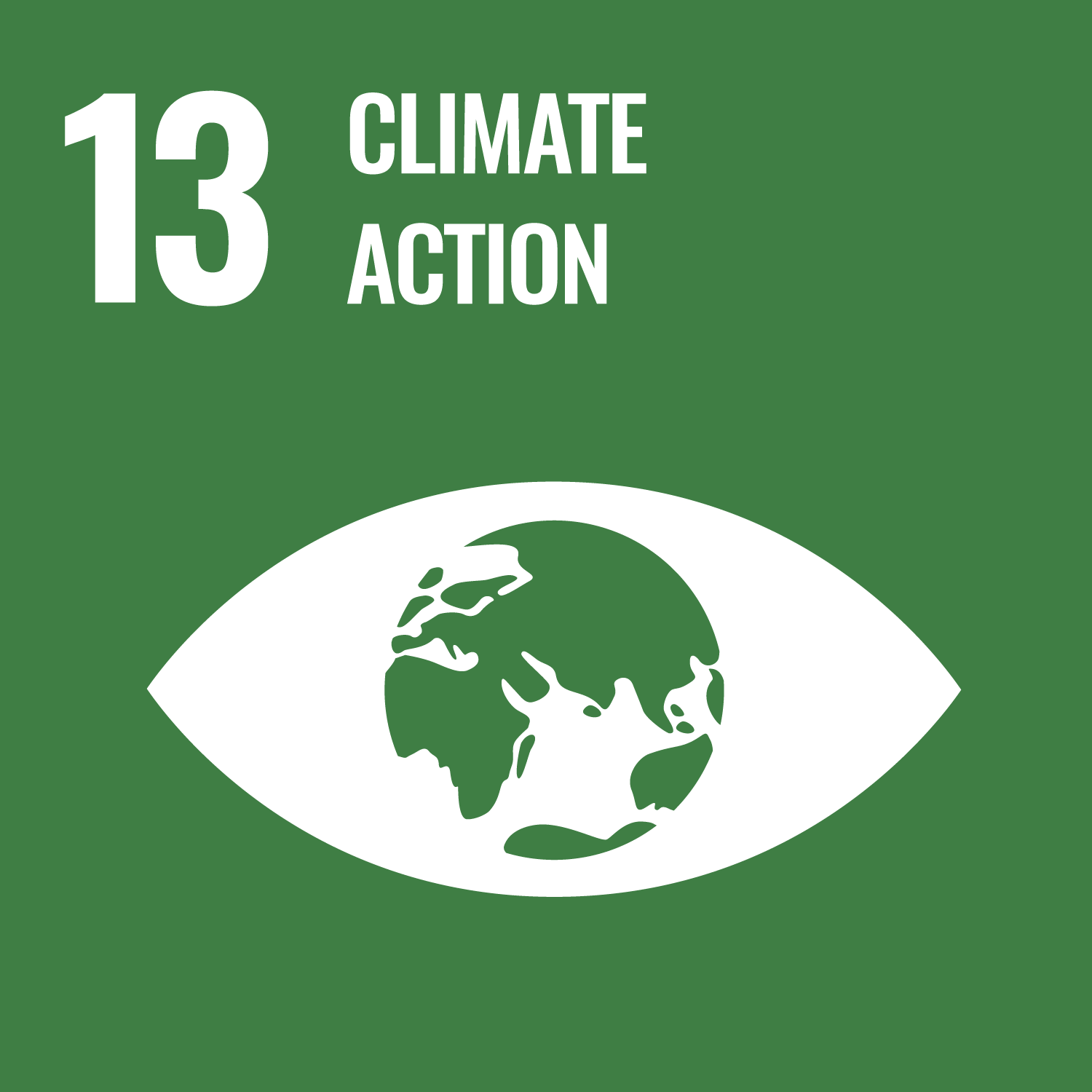

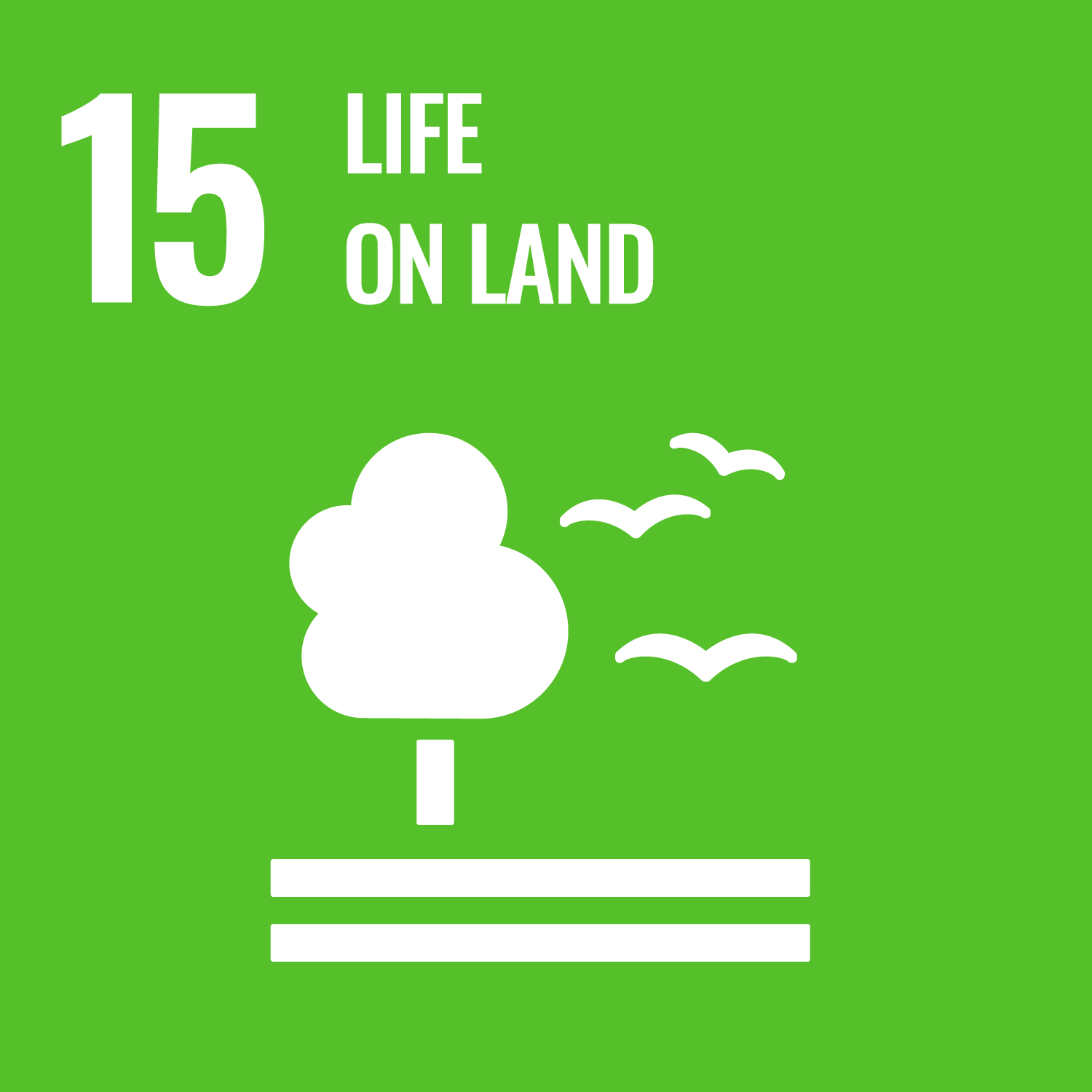
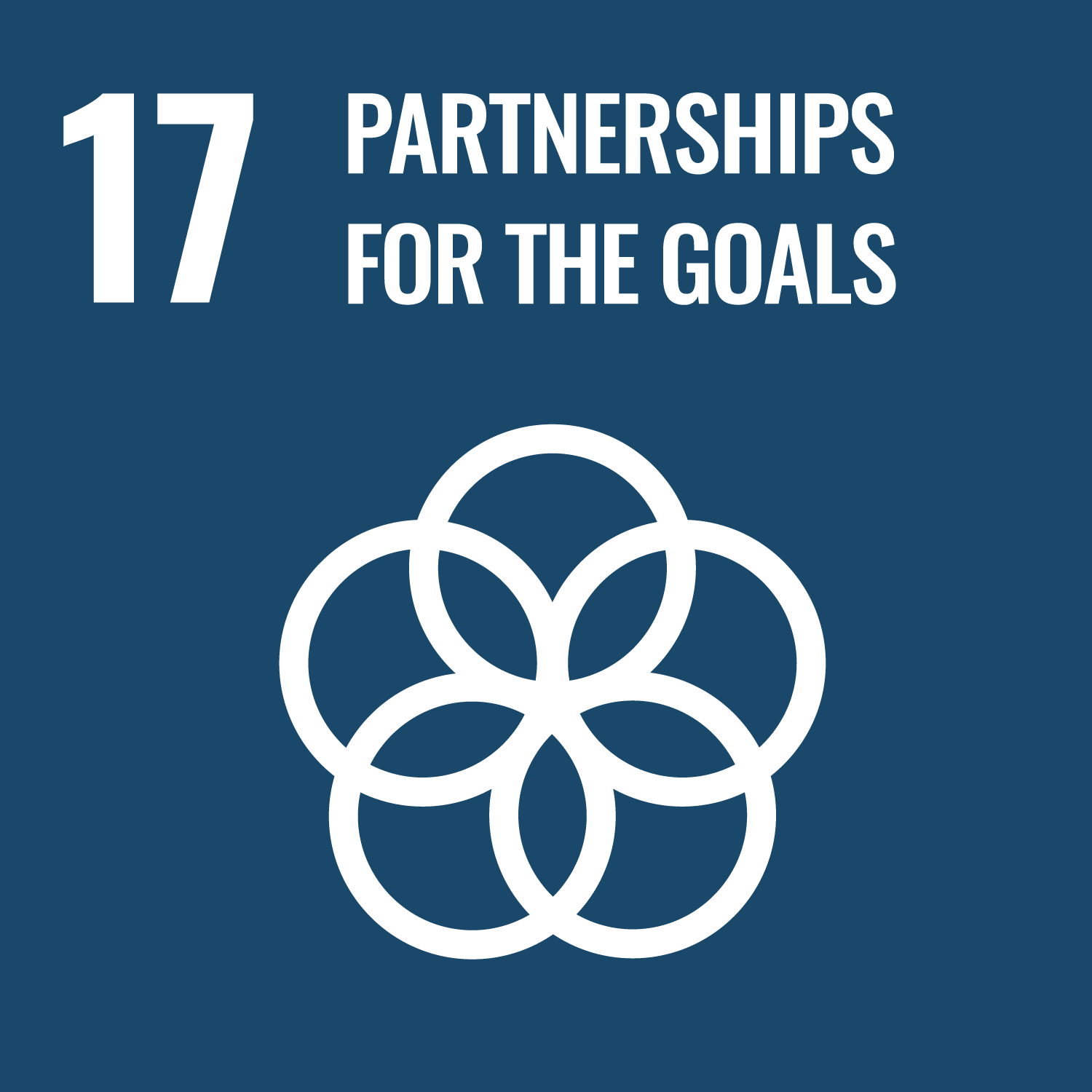
- 4.QUALITY EDUCATION
- 6.CLEAN WATER AND SANITATION
- 7.AFFORDABLE AND CLEAN ENERGY
- 9.INDUSTRY, INNOVATION AND INFRASTRUCTURE
- 11.SUSTAINABLE CITIES AND COMMUNITIES
- 12.RESPONSIBLE CONSUMPTION & PRODUCTION
- 13.CLIMATE ACTION
- 14.LIFE BELOW WATER
- 15.LIFE ON LAND
- 17.PARTNERSHIPS FOR THE GOALS
Last modified : Sat Mar 19 00:21:56 JST 2022

